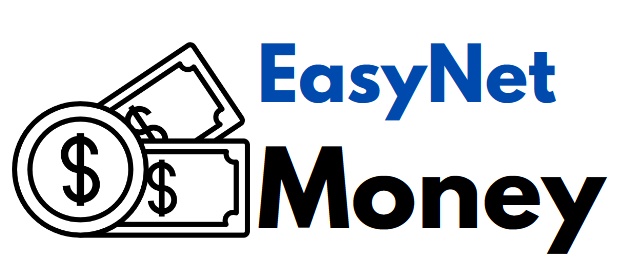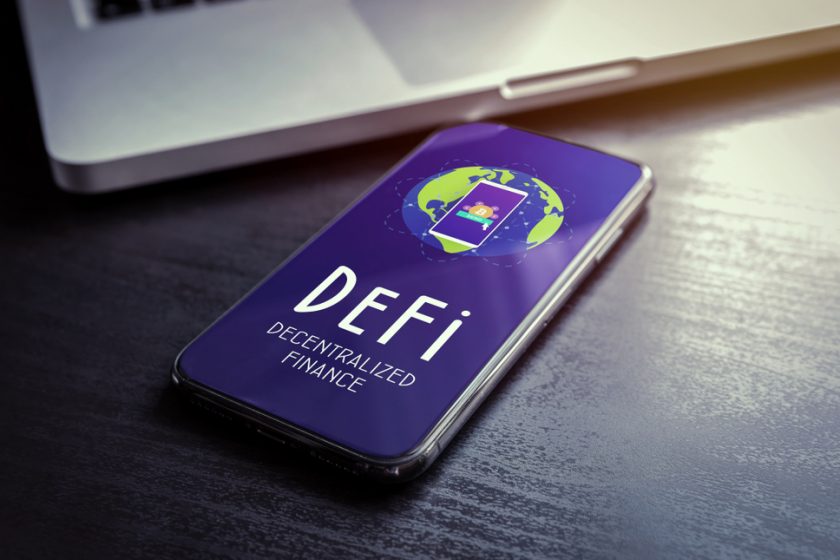Jamie Dimon, the CEO of JP Morgan Chase, who is also the presiding chairperson of the Wall Street banking sector, brings up DeFi sector propositions in the upcoming days. He was speaking at the annual letter get-together for the shareholders of the organization. Dimon chose to comment on the nascent sector during a section dedicated to investment and acquisition issues.
Talking about the opportunities for the next best ROI ventures and capital assessment, he claimed that the DeFi sector is real. He highlighted that the organization has been handling the corporate accounts of the top 10 tech companies around the globe. He also claimed that JP Morgan has managed to gather more innovative and groundbreaking products like AI-fraud control, account verification services, and JPM Coin by commercializing them.
Speaking to the shareholders of the company, JP Morgan Chase chairperson Dimon claimed that he sees big opportunities in the DeFi sector suitable for public and private sector adoption. Referencing that the financial enterprise has increased its corporate tech clientele from 3 to 10 in the last decade, Dimon explained that he plans to put it at the heart of DeFi development.
He also introduced a new blockchain network called Liink that banks can use to interchange information and data with a secure digital network. He further explained that Liink is already in use to tokenize US dollar reserves in exchange for JPM coins.
JP Morgan’s Entry into Metaverse World
With its DeFi endorsements, JP Morgan is not far behind on the Metaverse integration. Dimon told the shareholders that the financial organization has already invested in Onyx Lounge to establish its virtual presence in Decentraland. During the FAQ session, the journalists attending the conference asked Dimon about the impact of stablecoin getting a green light from the OCC for public blockchain trading.
He replied that the bank is currently focused on collecting more data and finding out better use cases for the Liink network. He also claimed that JPM Coin can bypass the competition from stablecoins entry into the public blockchain networks by acting as a tokenized form of the client deposits or reserves already present in the bank custody.

